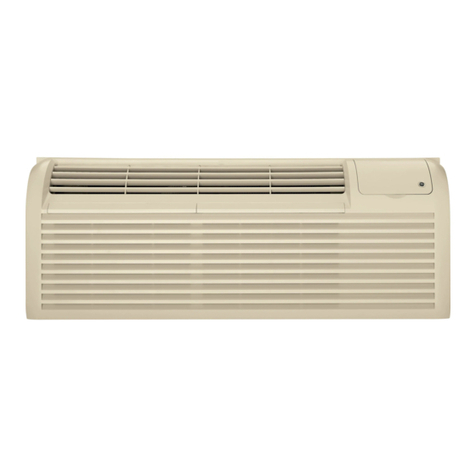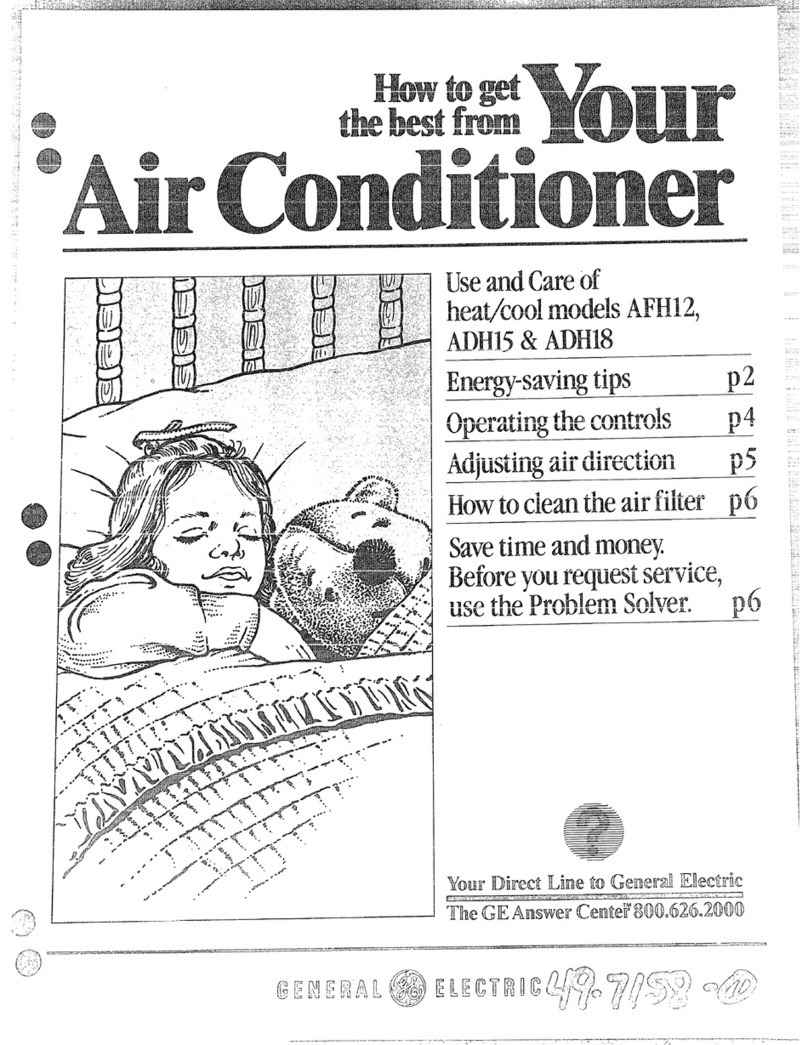GE GE AIR Z09 IN EH Operating instructions
Other GE Air Conditioner manuals
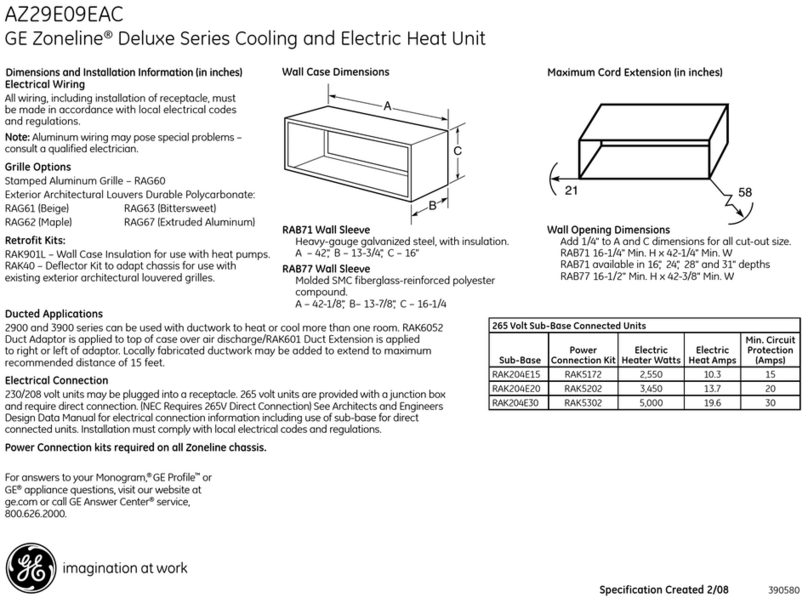
GE
GE GE Zoneline AZ29E09EAC Manual
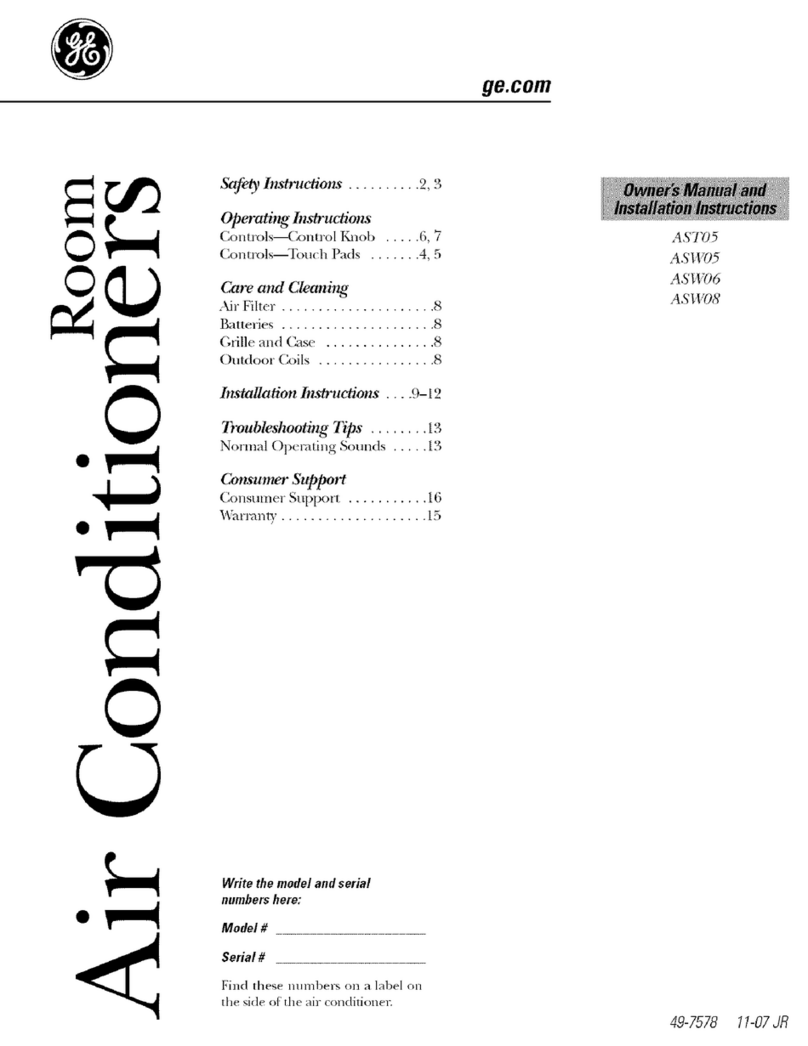
GE
GE ASW06 Operating instructions
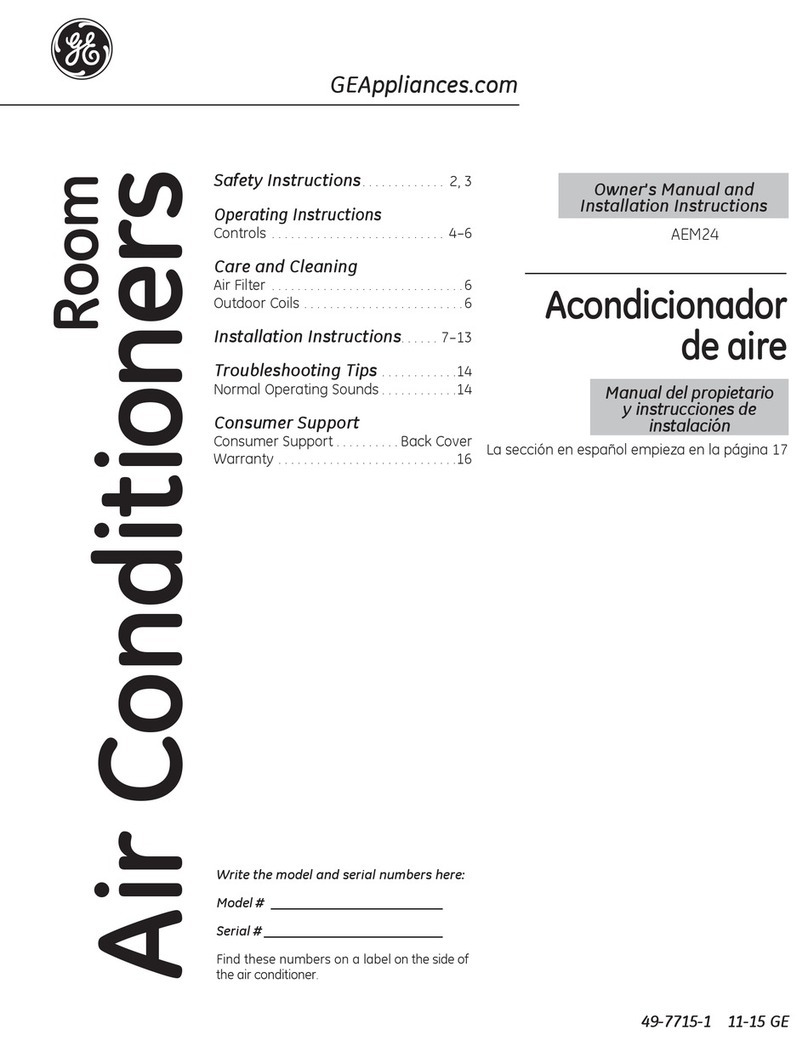
GE
GE Appliances AEM24 Operating instructions
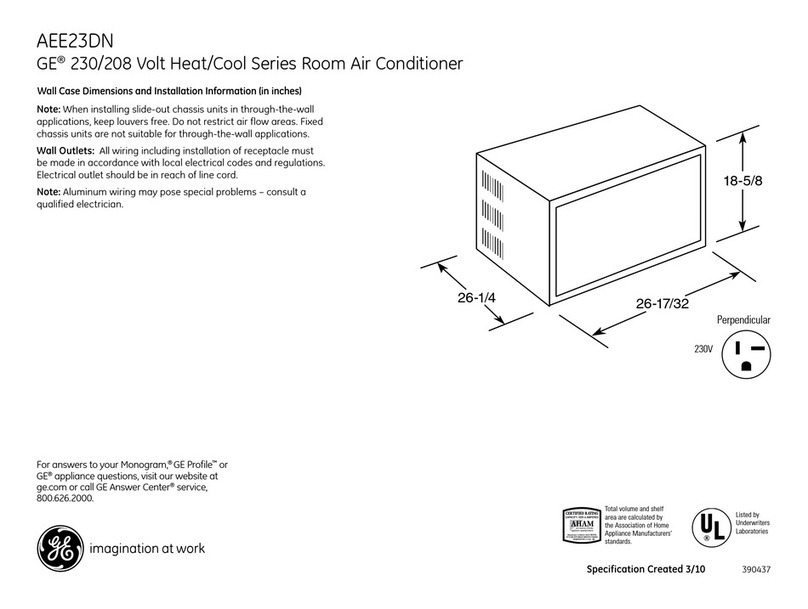
GE
GE AEE23DN Manual

GE
GE Appliances Zoneline 8500 series User manual
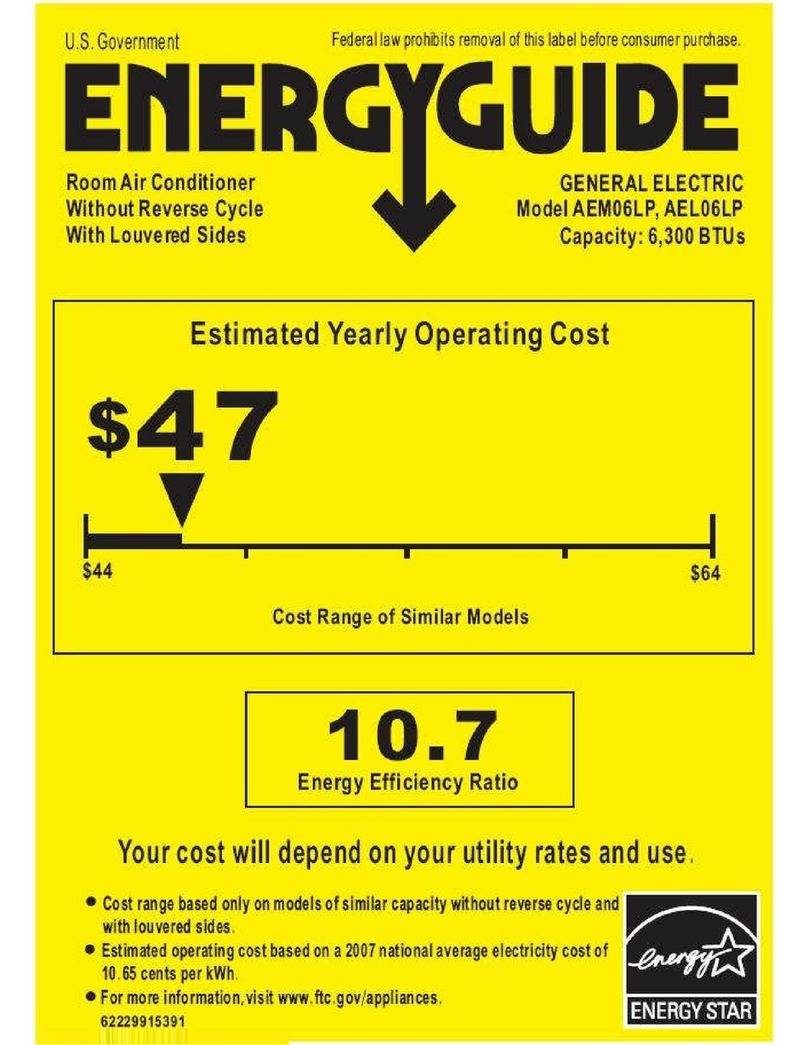
GE
GE AEL08LP Assembly instructions
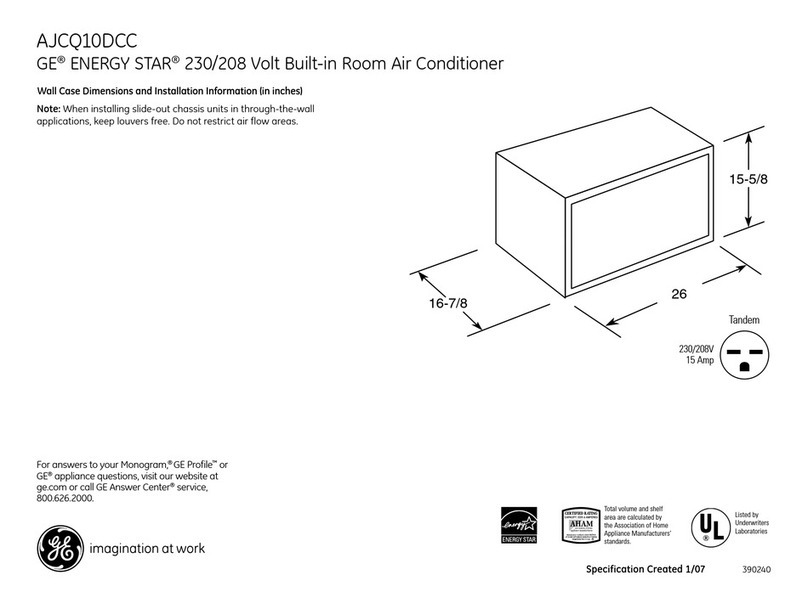
GE
GE AJCQ10DCC User manual
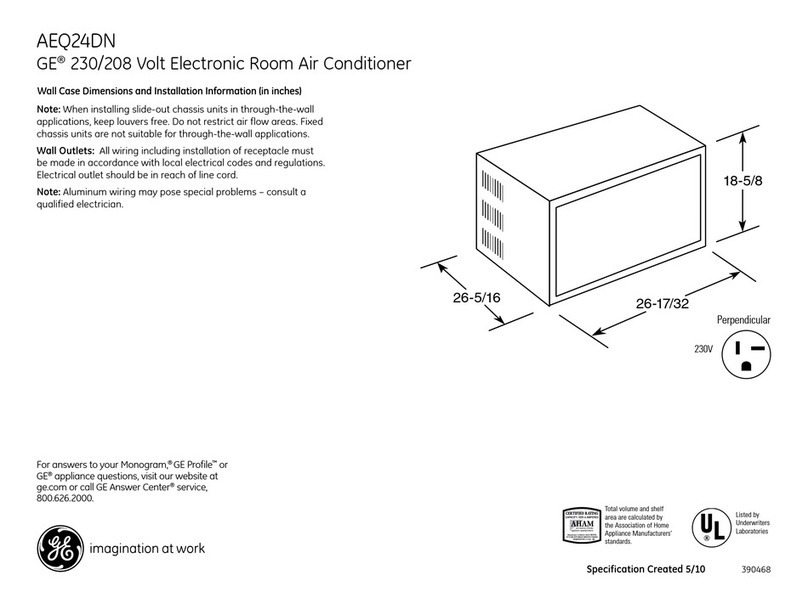
GE
GE AEQ24DN Manual
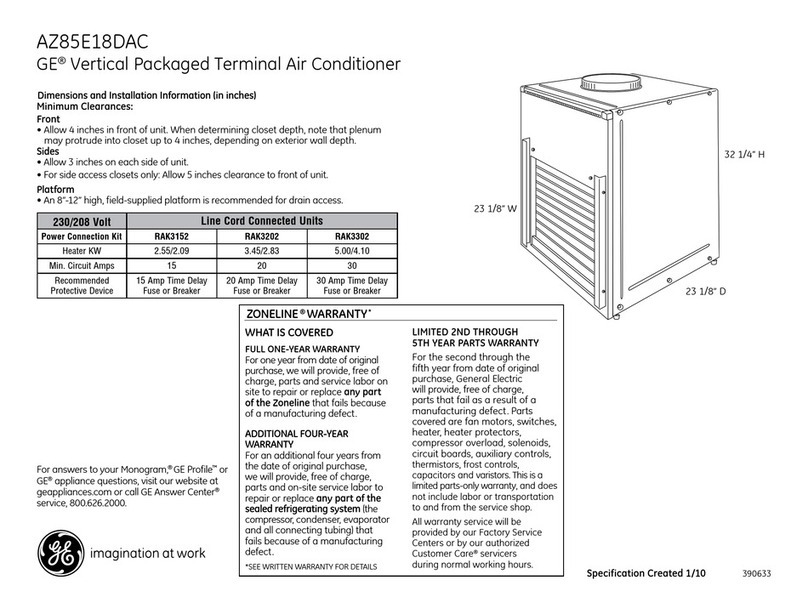
GE
GE Zoneline AZ85E18DAC User manual

GE
GE AGW08 Operating instructions
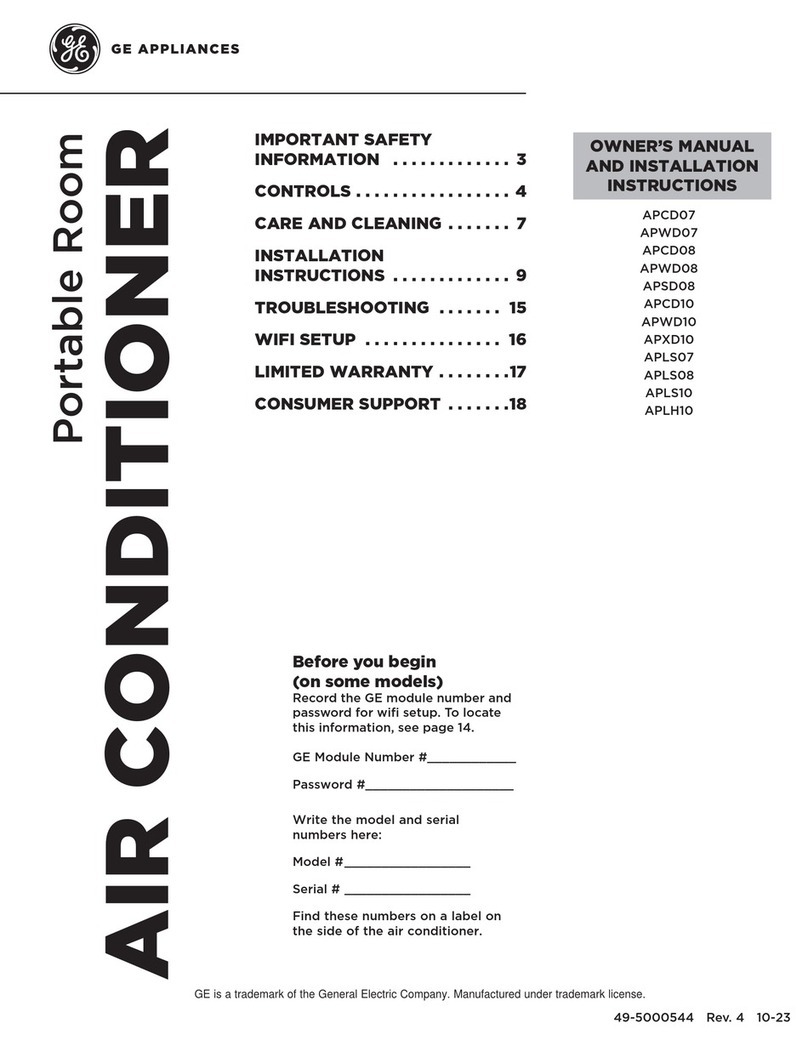
GE
GE APLS07 Operating instructions

GE
GE AZ41E15DAC Manual
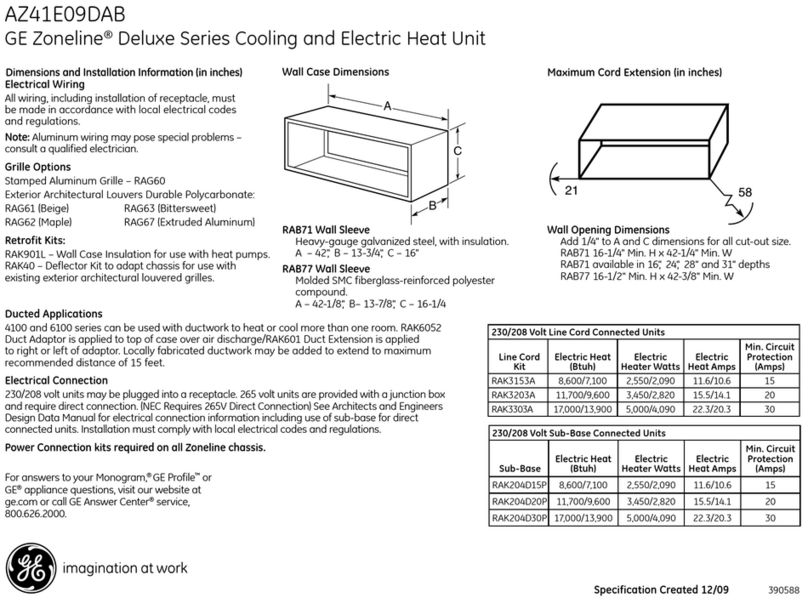
GE
GE Zoneline AZ41E09DAB Manual
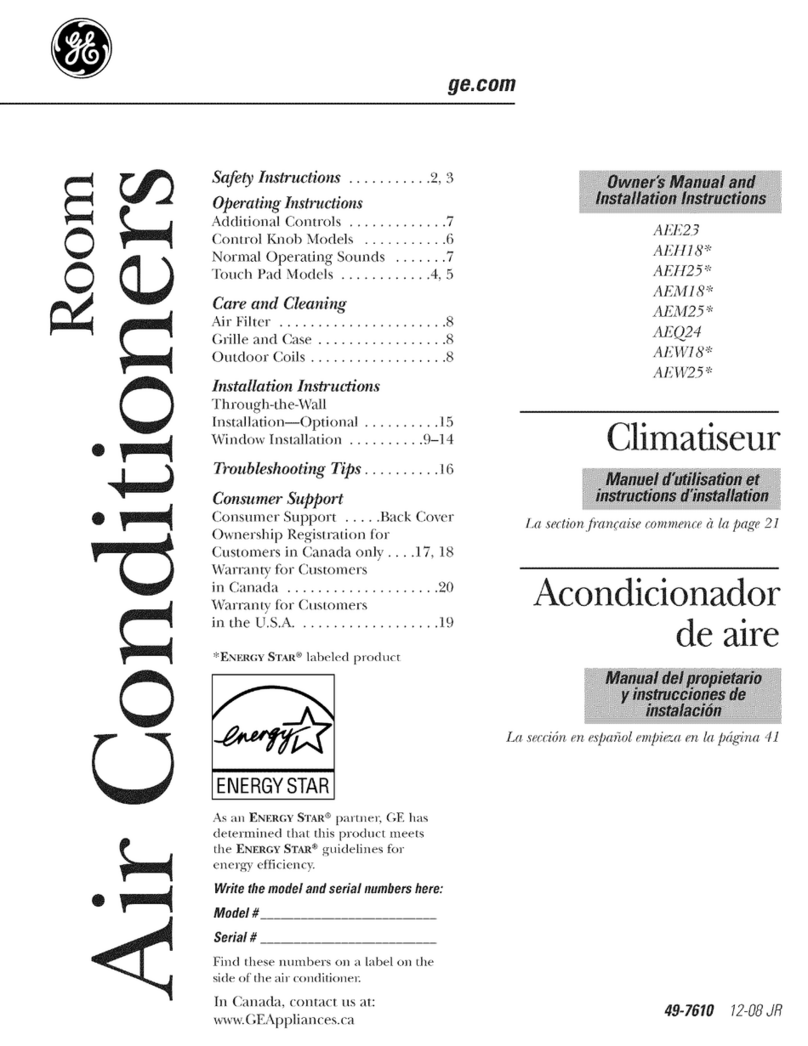
GE
GE CLIMATISEUR AEE23 User manual
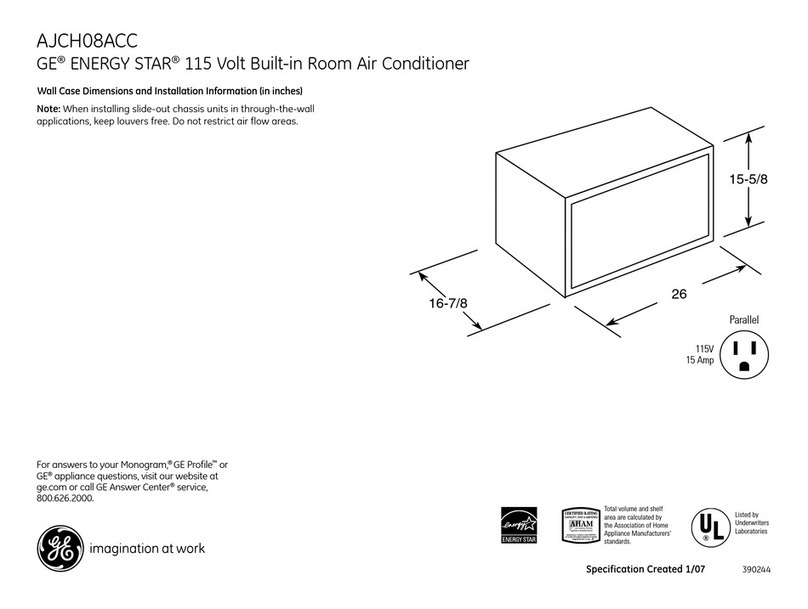
GE
GE AJCH08ACC User manual
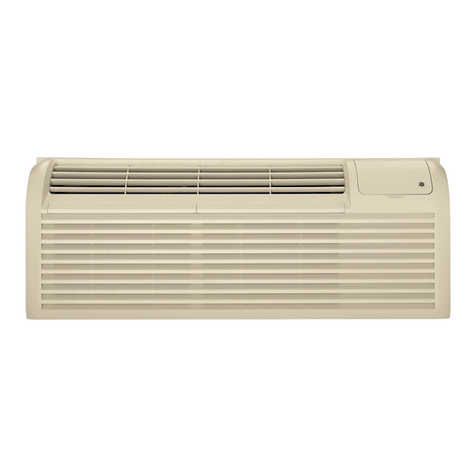
GE
GE 6100 Series Installation and user guide

GE
GE ASF05 Operating instructions

GE
GE AGW05 Operating instructions

GE
GE AGE07AJ User instructions
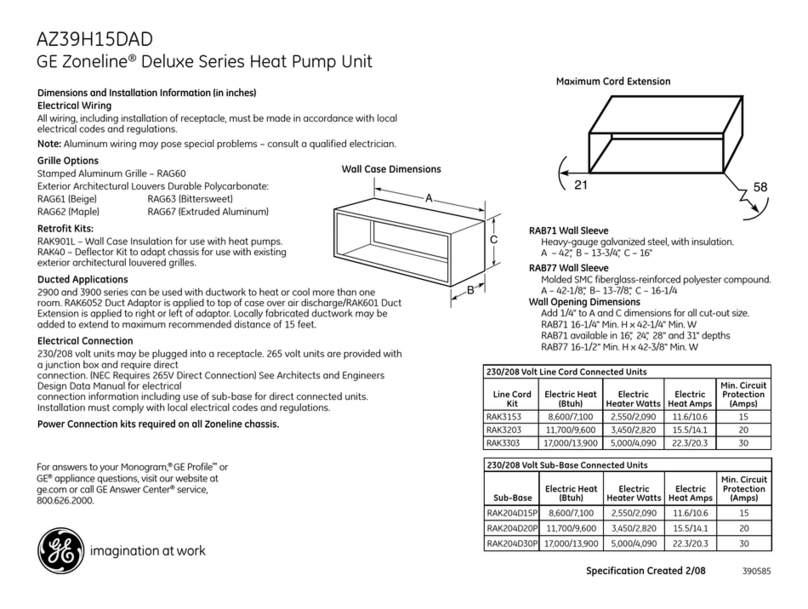
GE
GE Zoneline AZ39H15DAD Manual
Popular Air Conditioner manuals by other brands

Fujitsu
Fujitsu ASYG 09 LLCA installation manual

York
York HVHC 07-12DS Installation & owner's manual

Carrier
Carrier Fan Coil 42B Installation, operation and maintenance manual

intensity
intensity IDUFCI60KC-3 installation manual

Frigidaire
Frigidaire FAC064K7A2 Factory parts catalog

Sanyo
Sanyo KS2432 instruction manual

Mitsubishi Electric
Mitsubishi Electric PUHZ-RP50VHA4 Service manual

Panasonic
Panasonic CS-S18HKQ Service manual

Panasonic
Panasonic CS-E15NKE3 operating instructions

Gree
Gree GWH18TC-K3DNA1B/I Service manual

Friedrich
Friedrich ZoneAire Compact P08SA owner's manual

Daikin
Daikin R32 Split Series installation manual
